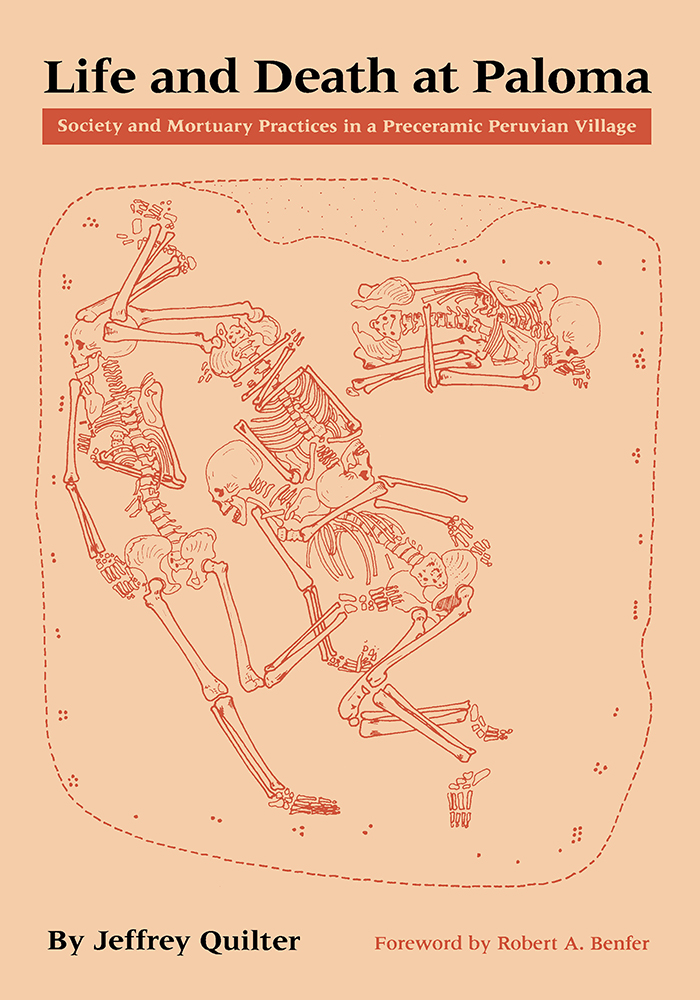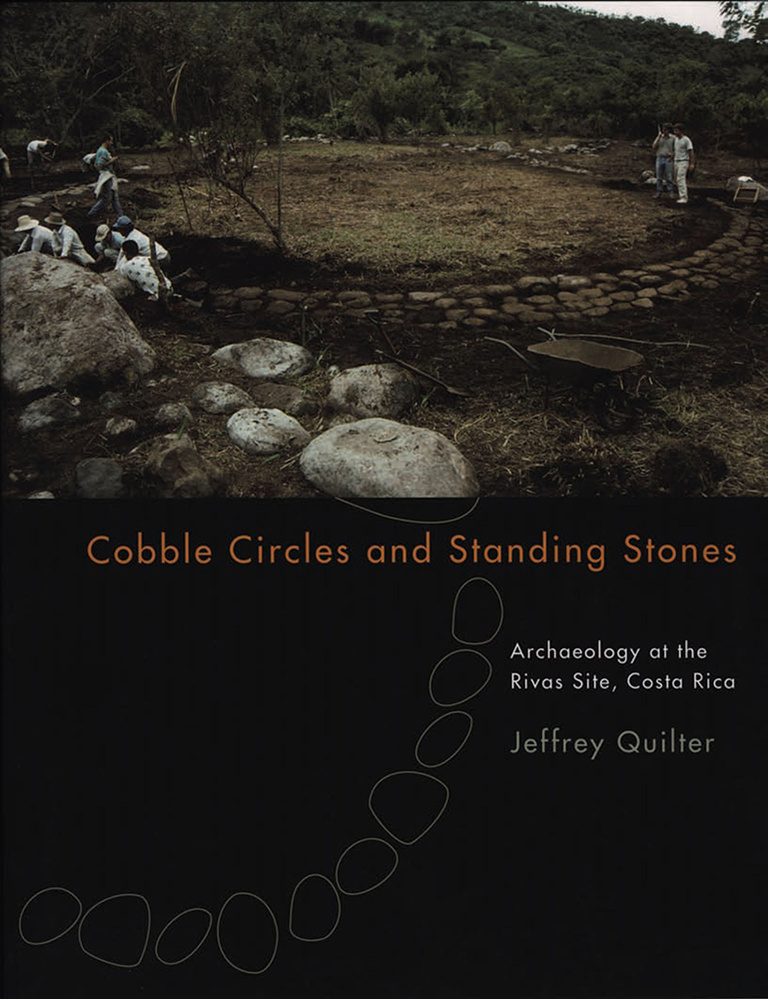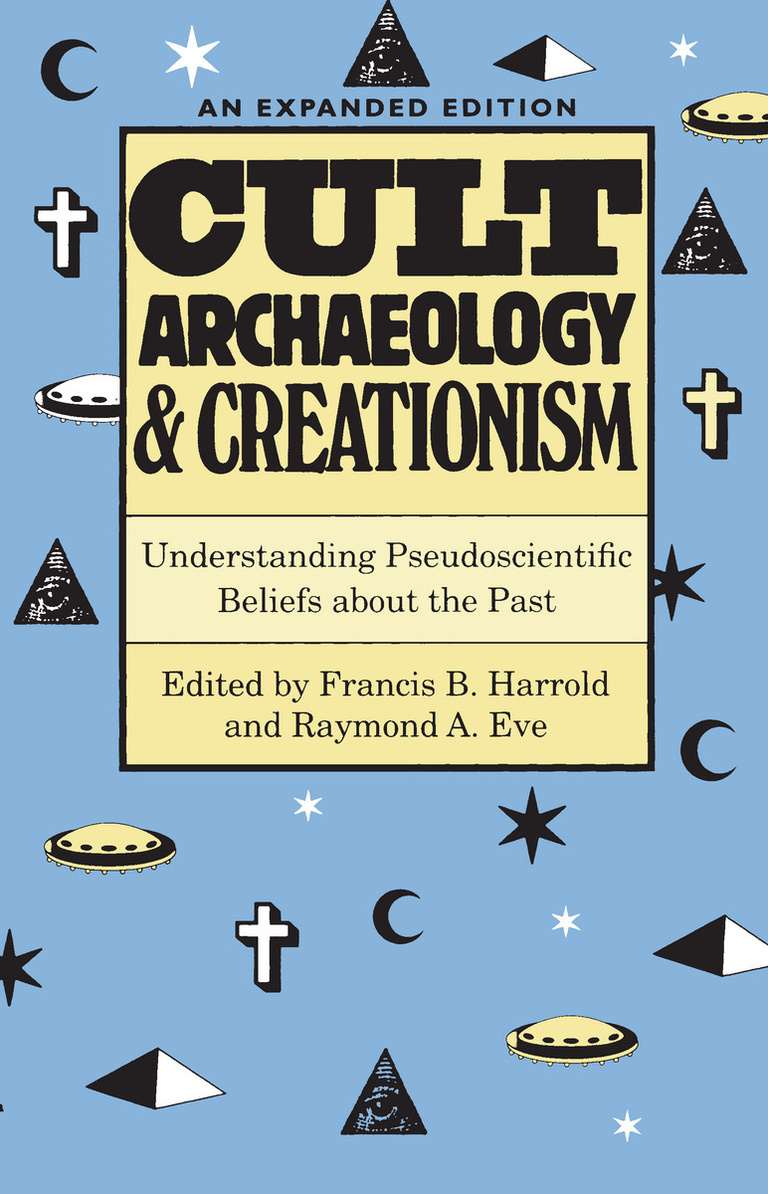Gold, pomp, and circumstances surrounded the mummies of Inca emperors, but the elaborate funerary rites at the end of prehistory were only part of a tradition that began thousands of years earlier. Life and Death at Paloma, the first in-depth treatment of burials from a preagricultural South American village, analyzes the life of its people during a revolutionary time in prehistory: the transition from a hunting-gathering-fishing way of life to a more sedentary horticultural society.
Drawing upon the data that he collected as part of the University of Missouri's excavations at Paloma, Jeffrey Quilter gives us the first study of preceramic Peruvian life through his analysis of this site's graves and contents. His extensively illustrated book is also the first attempt to infer social organization from such data for this period—circa 5000 to 2500 B.C.—in Peru. In addition, he presents the only available summary and discussion of the known preceramic interments from western South America.
Coastal Peru is one of the few New World regions where the early development of complex societies can be studied. Life and Death at Paloma will greatly assist such research by specialists in mortuary studies, in Andean prehistory, and in hunter-gatherer societies.
“High-quality burial data sets occur rarely. Quilter discusses one such skeletal series representing occupation from 5700 to 2800 b.c. of the Paloma village site located south of Lima, Peru, on the northern edge of the Chilca River Valley. . . . New World archaeologists and mortuary specialists will benefit the most from Quilter's burial data set.”—American Antiquity
“. . . fills in a missing portion of the prehistoric record, and is a useful addition to the ceramic period sequence of C. B. Donnan and C. J. Mackey and the mummy studies of M. J. Allison and E. Gerszten. The data are of particular importance for Peruvian archaeologists.”—Choice
“The data that Quilter presents on the burials at Paloma are unique, both in the number of burials discussed and in the detail....an important contribution to Andean archaeology.”—Robert A. Feldman
“This book is a nucleus of cultural data from which other studies will benefit for many years....a source to guide future investigations. Not only is the work of value as a summary statement of these aspects of the Paloma researchers, it is also important in laying a foundation for the study of death in societies from a seminal period in the development of Andean cultures.”—Robert A. Benfer
“Quilter provides an important body of evidence for students of Peruvian archaeology and mortuary studies in general....This beautifully printed book should be in all university libraries, and in the collections of anyone interested in mortuary studies and processes of culture change.”—Latin American Anthropology Review
Foreword, by Robert A. Benfer
Preface
1. Climate, Chronology, and Culture
in Early Peru
2. The Site of Paloma
3. The Archaeological Discoveries
at Paloma
4. Quantitative Analysis of the
Paloma Burials
5. Discussion of Paloma Mortuary
Practices
6. Paloma and Preceramic Culture
History and Processes
Appendix 1.
Burial Illustrations and Data
Appendix 2.
Supplementary Tables
References Cited
Index


